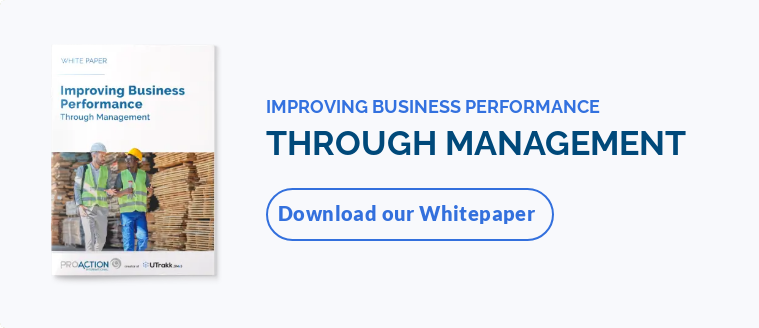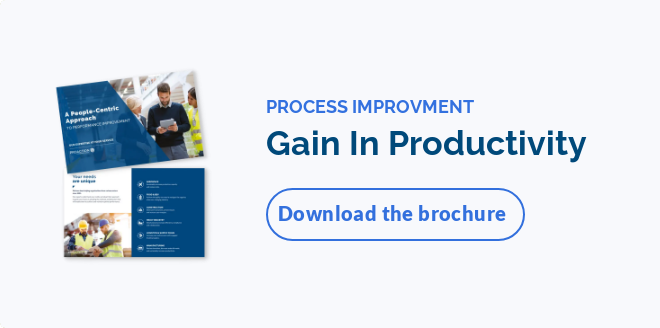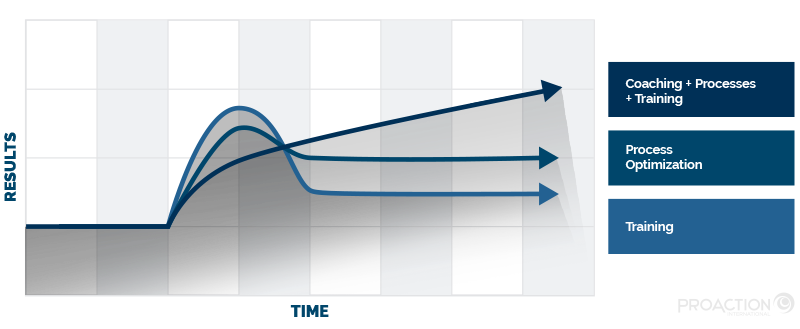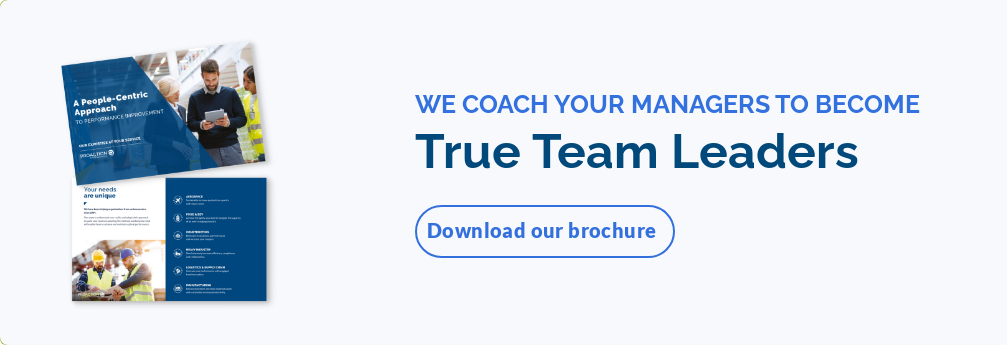Flavor of the month and disengagement
Training and process-based approaches to improving workforce productivity usually generate positive results and, of course, they do have a place in organizations. However, they are not sufficient to bring about lasting behavioral changes with a long-term impact.
When gains start to fade, organizations tend to try other initiatives in the hope of a better solution to performance issues. These new initiatives are often no more than variations of the same approaches, which in turn only lead to temporary results.
These multiple unsatisfactory attempts – where employees are asked to become more agile and resilient only to start all over again with a new approach – lead to the "flavor of the month" effect, causing team members to lose interest and become less committed.
So, how can we ensure that the knowledge transmitted through training is actually used on a daily basis and that optimized processes are put into practice over the long run, all the while keeping teams engaged?
The missing ingredient: coaching
To truly change behaviors and drive lasting results, nothing beats the presence of an outside observer that can offer feedback and perspective in real-time.
Here are 3 reasons why manager coaching is such a success:
- A coach can highlight things that the person being coached – whether an athlete or a manager – would never notice on their own.
- They can also track the improvement of behaviors over time and assess the impacts of the transformation.
- Likewise, when a coach follows up on our progress, after providing observations and feedback on previous occasions, it makes it much easier to feel accountable for the results. And of course, one’s level of commitment will be much stronger.
By accompanying managers in their daily work, coaching is all about transforming knowledge into behaviors and process optimizations into work habits. How do we achieve this? By encouraging best practices to become rooted in our daily way of working. By doing so, they become the reflexes that lead to a lasting positive impact on workforce productivity.
Impact of workforce productivity improvement approaches
To make this happen, we must look at behaviors as an entry point into performance and not as a supporting element or a "nice to have". And to make them tangible, we must be able to measure them.
Coaching is a highly concrete way to help managers adopt best management practices in their interactions with team members. Proaction International’s experts offer support based on coaching and training of teams, optimization of tools and processes as well as digitalization of management.













